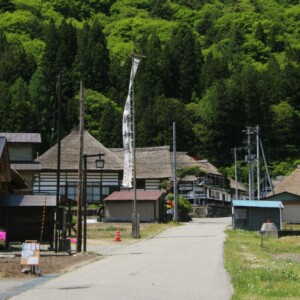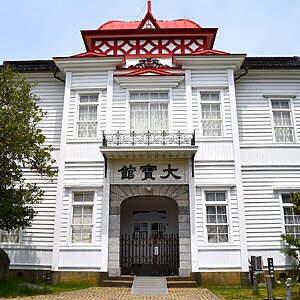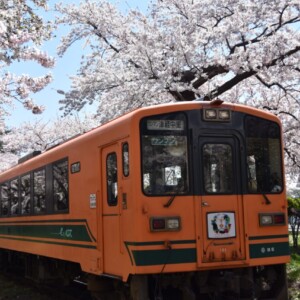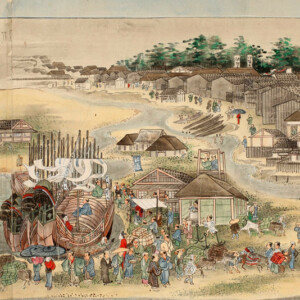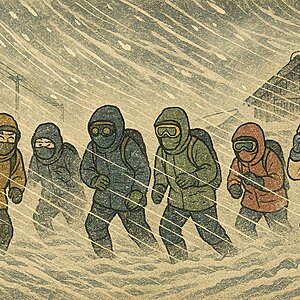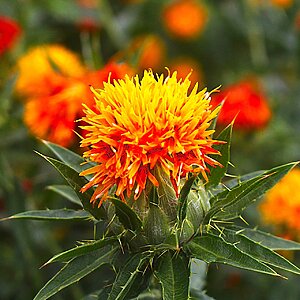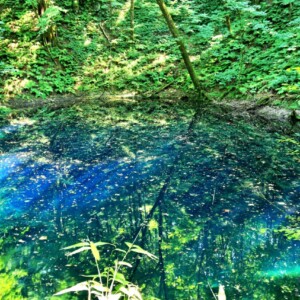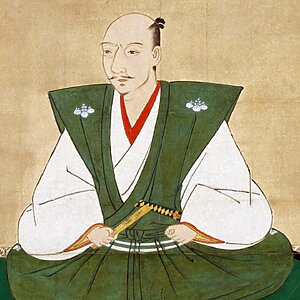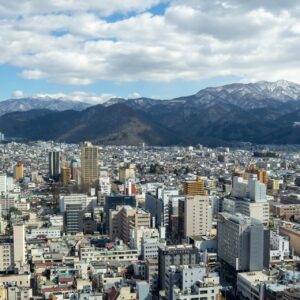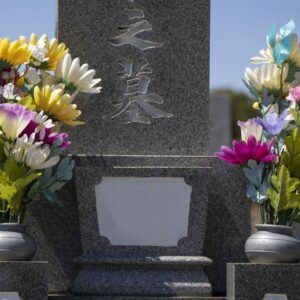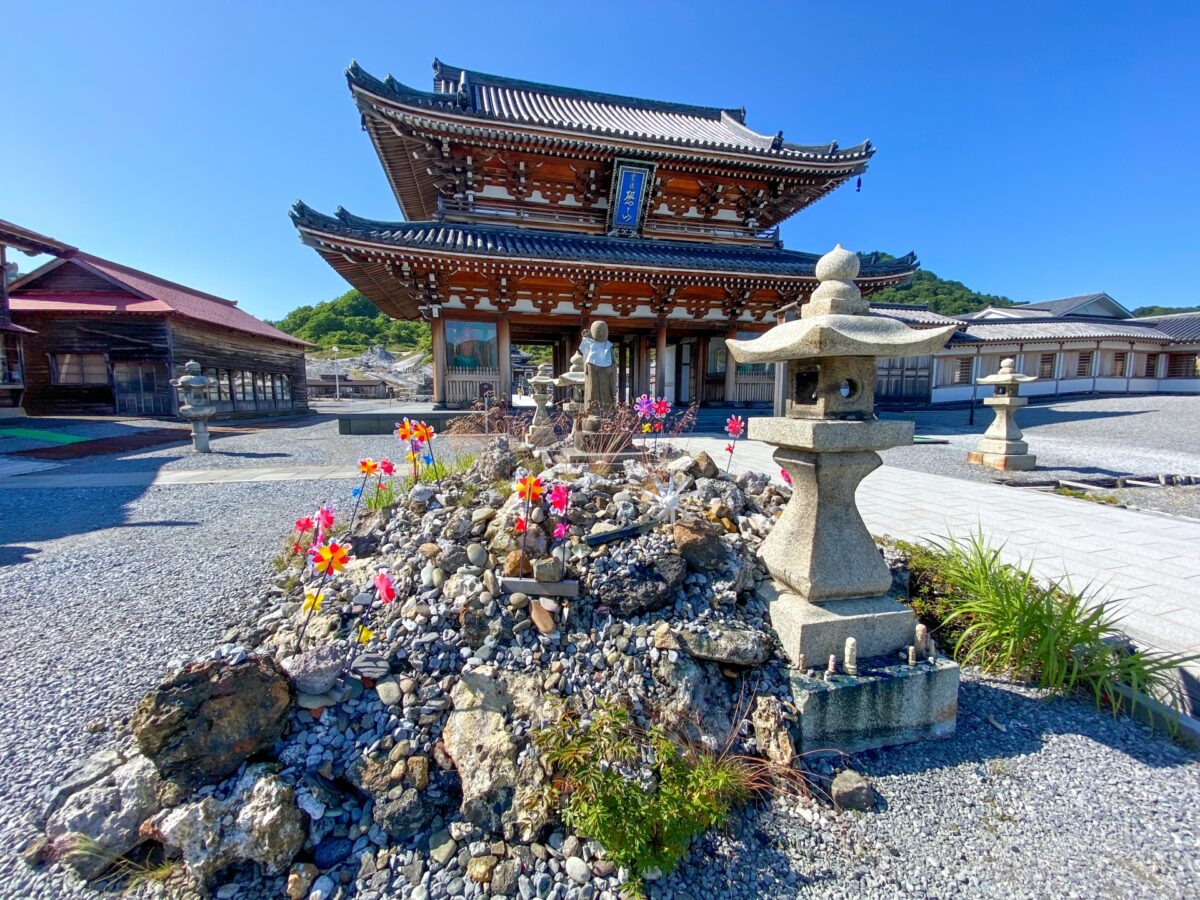
Obon in Shimokita, Aomori is spectacular! Is it true that people welcome their ancestors with fireworks at their graves?
table of contents
- 1 Unique Obon customs unique to Shimokita
- 2 Fireworks in front of a grave? A spectacle of Obon in Shimokita that lights up the night sky
- 3 Not your average lantern?! These colorful Obon decorations
- 4 Rosary offerings made from Rugosa rose fruit
- 5 [Extra Edition] Will people in Shimokita postpone their Obon holidays?
- 6 summary
When you think of Obon, many people probably imagine people lighting mukaebi (welcoming fires) and quietly welcoming their ancestors. However, in the Shimokita region of Aomori, Obon is celebrated with unique customs. There are some surprising customs that will make you think, "They do that here!?" so be sure to read until the end!
Unique Obon customs unique to Shimokita
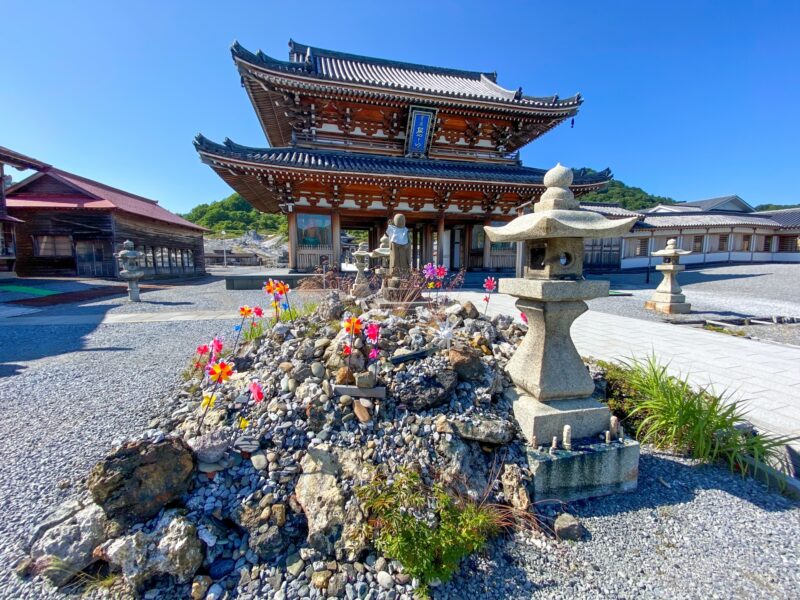
Obon in Shimokita is a little different from other regions. Surrounded by the sea and mountains, this area has long been a place where fishing towns and farming villages have intermingled. Perhaps that's why the area still retains a somewhat dynamic and lively custom of welcoming ancestors using sound and light. Shimokita is also close to Hokkaido, so I feel like some of the culture may have been adopted through travel between the two areas
For example, there is a custom like this
- Fireworks are lit at night in front of the graves to welcome the ancestors
- Obon decorations are flashy ornaments called lanterns
- Offering prayer beads made from the fruit of the rosehip
All of these are scenes unique to this area. On summer nights, when I hear the fireworks over the graves and the cheers of children, I feel like I've come home
Fireworks in front of a grave? A spectacle of Obon in Shimokita that lights up the night sky
The fireworks at the grave are so spectacular!
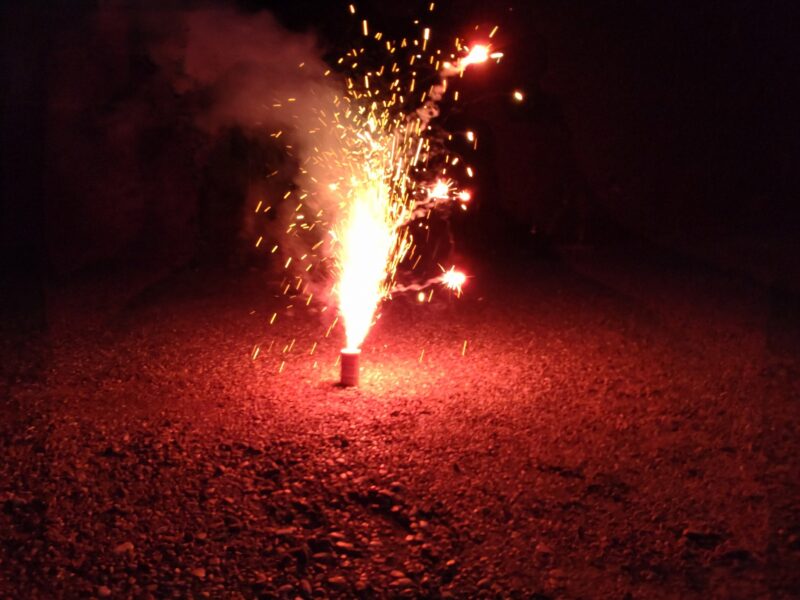
" fireworks at a grave ," many people imagine quietly remembering their ancestors with hand-held fireworks or sparklers. However, Obon in Shimokita is as lively as a festival. Flashy and loud fireworks, such as dragon fireworks and explosive fireworks, are launched one after another. The entire cemetery area at night is enveloped in light and sound, creating an atmosphere that is more festive and dynamic than solemn. For locals, this is the best way to welcome their ancestors in a grand manner
Why grave visits and fireworks are held at the same time
These spectacular fireworks are not just for the sake of lively entertainment. In parts of the Shimokita region, there is a custom of setting off fireworks at night while visiting graves, and the reason for this is said to be that "the light and sound of the fireworks let the spirits of ancestors know where their homes are." Originally, in fishing towns, it was customary to use fireworks and torches to signal the departure and return of fishing crews to port, and it is said that this culture may have been carried over to the Bon festival events. In Shimokita, the meaning of welcoming ancestors with light, like the welcoming fires and farewell fires, remains in the form of fireworks
Not your average lantern?! These colorful Obon decorations
Cute and flashy lanterns
Decorative lanterns are an essential part of Obon in Shimokita. When you hear the word "lantern," you generally think of a lighting fixture, but they are actually decorations made from a material similar to the skin of a monaka wafer. They look like colorful sweets and are also used in the Tsugaru region
There are actually many different types of turou, which are hung on Buddhist altars or Bon altars at graves, or displayed on ropes strung along poles. Many of them have designs that resemble flowers, vegetables, or fruits, and it is said that they were invented in the past as a substitute for offerings of harvested produce. They also come in vibrant colors such as pink, green, and yellow, making them seem more like festivals than memorials
Different decorations for each house
Lanterns aren't the only decorations. Some homes only hang lanterns, while others hang rice crackers from the same string, or hang bamboo grass or green apples. When I visited my relatives' houses as a child, I was amazed at how different the lanterns in my home were. Nowadays, it seems that decorations have been simplified and more and more homes only hang lanterns, but I hope that this kind of culture with its rich regional flavor will be preserved for future generations
Rosary offerings made from Rugosa rose fruit

In the Shimokita region, during the Obon festival, 18 rosehip fruits are used to make prayer beads and offered to Buddha. The number "18" is said to come from the fact that it is one-sixth of the number of earthly desires (108), and is imbued with the meaning of warding off evil and honoring ancestors. The sight of the bright red fruits lined up is both beautiful and exudes a somewhat sacred atmosphere
Making prayer beads becomes a family event
Rugosa berries grow wild in abundance along the coast, and before Obon, families go out to pick them. Threading the berries into prayer beads is an event unique to Obon that can be participated in by children and adults alike. Through this process, customs and feelings are passed down to the next generation. Recently, ready-made Rugosa berries have also become available for sale for families who find it difficult to make them themselves
[Extra Edition] Will people in Shimokita postpone their Obon holidays?
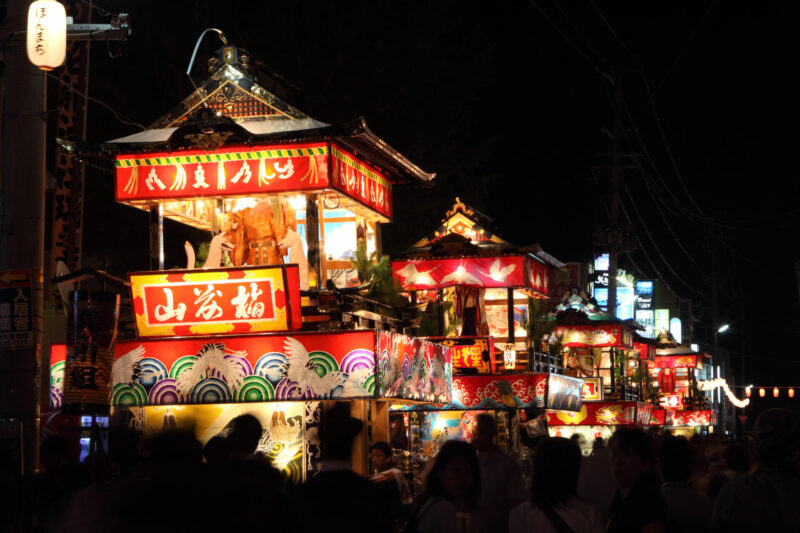
the Tanabe Festival is held from August 18th to 20th, coinciding with the Obon period
Many locals choose to return home not during the Obon period but during the Tanabe Festival, and scenes of people enjoying the festival with family and friends they haven't seen in a long time can be seen all over the place. In contrast to the quiet memorial services during Obon, the whole town is filled with excitement and energy for these three days
Information
- Name: Tanabe Festival
- Event period: August 18th - 20th, 2025
- Location: Tanabe district, Mutsu city (around Tanabe Shrine)
- Website: Mutsu City "Tanabe Shrine Annual Festival"
summary
Surrounded by the sea and mountains, Shimokita is a region with a history as a fishing town and farming village. The fishing culture, which used fireworks and torches to signal departures and returns to port, and a lifestyle that cherishes the blessings of nature, have likely given rise to unique Obon customs. Shimokita's Obon celebrations are not just a quiet time to remember ancestors, but also a time to welcome them back with light, sound, and vibrant colors, and are sure to leave a lasting impression on visitors



![[Aomori] What is Hokaiori? Tsugaru's Obon customs are colorful and unique IMG_1246](https://jp.neft.asia/wp-content/uploads/2025/08/IMG_1246-150x150.jpg)
![Yurihonjo City, where Honjo, Kameda and Yajima domains were intersected between the Kubota and Shonai domains [Akita Prefecture] FF2C8AAA4350E7E179F97F97B38B3A2302F-1](https://jp.neft.asia/wp-content/uploads/2024/04/ff2c8aaa4350e7e179f97f38b3a2302f-1-150x150.jpg)
![What kind of route was the Konan Railway Owani Line, which was effectively decided to abolish it? [Aomori Prefecture] 31403627_m](https://jp.neft.asia/wp-content/uploads/2025/02/31403627_m-150x150.jpg)
![[The Mystery of Kamakura] Are Kamakura, a winter feature of Akita Prefecture, connected to the Kamakura Shogunate? Yokote 4_Travel Tohoku 1000](https://jp.neft.asia/wp-content/uploads/2025/08/a2674c8c7497fa159899e9b2a761c38f-150x150.jpg)
![[Miyagi Prefecture during the Boshin War] What was the decision of the Sendai domain, the great domain of Ou? 4370191_m](https://jp.neft.asia/wp-content/uploads/2022/06/4370191_m-150x150.jpg)
![[Akita Prefecture during the Boshin War] What were the decisions of the Kubota, Kameda, Honjo, and Yajima domains? 24115050_m](https://jp.neft.asia/wp-content/uploads/2022/06/24115050_m-150x150.jpg)
![The history of Oishida Town, which was booming in the Edo period due to boat transport on the Mogami River [Yamagata Prefecture] 1175451f31c534cbfa82d5a13f2fd3a3](https://jp.neft.asia/wp-content/uploads/2023/05/1175451f31c534cbfa82d5a13f2fd3a3-150x150.jpg)
![[Series ④: The role of the previous nine years and the role of the second three years] Mr. Kiyohara's participation in the war completely changed the flow of the role of the previous nine years 1000310_m](https://jp.neft.asia/wp-content/uploads/2023/11/1000310_m-150x150.jpg)

